Coronavirus: gas-fired recovery ‘to deliver $350bn bonus’
A gas-fired recovery has the potential to create a ‘wave of oil and gas developments’ across the nation, pumping an $350bn into the economy over the next two decades.
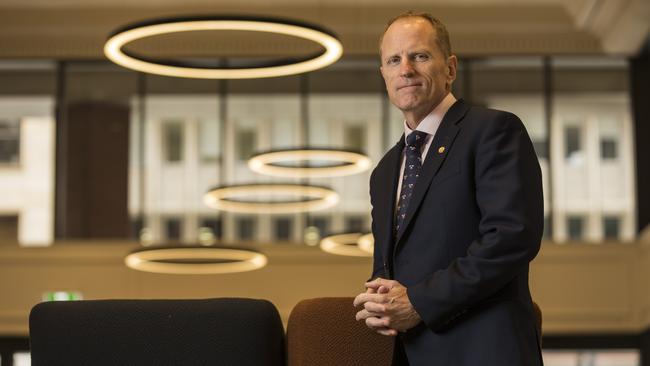
Australia’s gas-fired recovery has the potential to create a “wave of oil and gas developments” across the country, pumping an extra $350bn into the economy over the next two decades.
An EY report, commissioned by oil and gas lobby group APPEA, shows an increase in national economic output and lower energy prices under a high growth scenario where key pipeline projects are delivered.
Industry expansion under a low-growth scenario would increase economic output by $24.6bn and generate up to 11,000 jobs over the next five years.
The EY analysis, released on Monday, says regulations “suppressing” growth would have an overall efficiency loss of up to $1.79bn to the economy for every $1bn of industry activity lost.
The report said the “potential impacts of a high growth scenario for the industry are considerably higher, reflecting the gains from investments which open up and capitalise on new gas provinces”.
“Under this ‘step change’ growth trajectory, national economic output is estimated to be over $350bn higher and boost employment by 220,000 jobs over the next two decades. The industry’s fiscal contribution is also elevated and is estimated to return over $286bn to government to 2040,” the EY report said.
“This represents an increase in aggregate tax receipts of 208 per cent over the low growth scenario, highlighting the benefits successful industries play in shoring up public finances and helping fund services for all Australians — when policy setting enable their potential to be unlocked.”
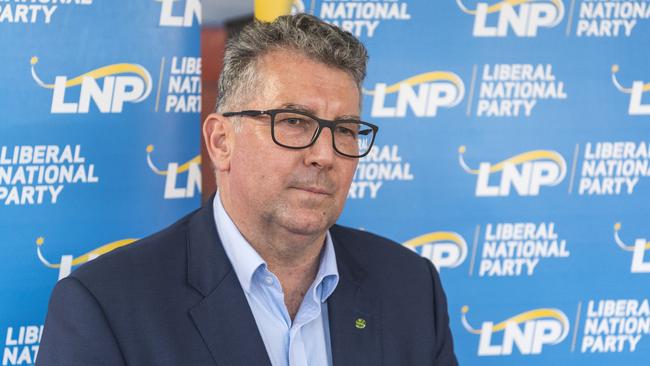
The EY report said the “economic efficiency losses of regulations which prevent the industry’s investment pipeline from being realised could far exceed those from Australia’s worst performing taxes”.
“In fact, for every billion dollars of industry activity lost through regulation there could have an overall efficiency loss of up to $1.79bn to the economy. Such costs should be recognised alongside the potential social and environmental risks of projects, which many regulations are seeking to manage or avoid.”
APPEA chief executive Andrew McConville said the high growth scenario would require significant investment in “new exploration and production projects” and was dependent on “having the right investment settings in place”.
Mr McConville said a “decade of regulatory instability and market interventions in Australia” had reduced investor confidence in the oil and gas sector.
“We must address Australia’s competitive position through effective policy settings to encourage rather than deter long-term investment. Without concerted action, Australia’s ability to harness new investment will be greatly diminished.
“Relatively simple changes to the timing of some investment allowances and improved regulatory arrangements — along with maintaining stability in the tax regimes — would make Australia much more competitive for global investment.”
Mr McConville said as the Morrison government tries to maximise the national COVID-19 economic recovery through its plan to unlock new gas markets, extra interventions would act as a “disincentive”.
Resources Minister Keith Pitt last month launched an official process to implement a national gas reservation system ahead of a government decision next June.
The gas sector has warned that any introduction of a domestic reservation scheme would put at risk Australia’s $49bn export market.




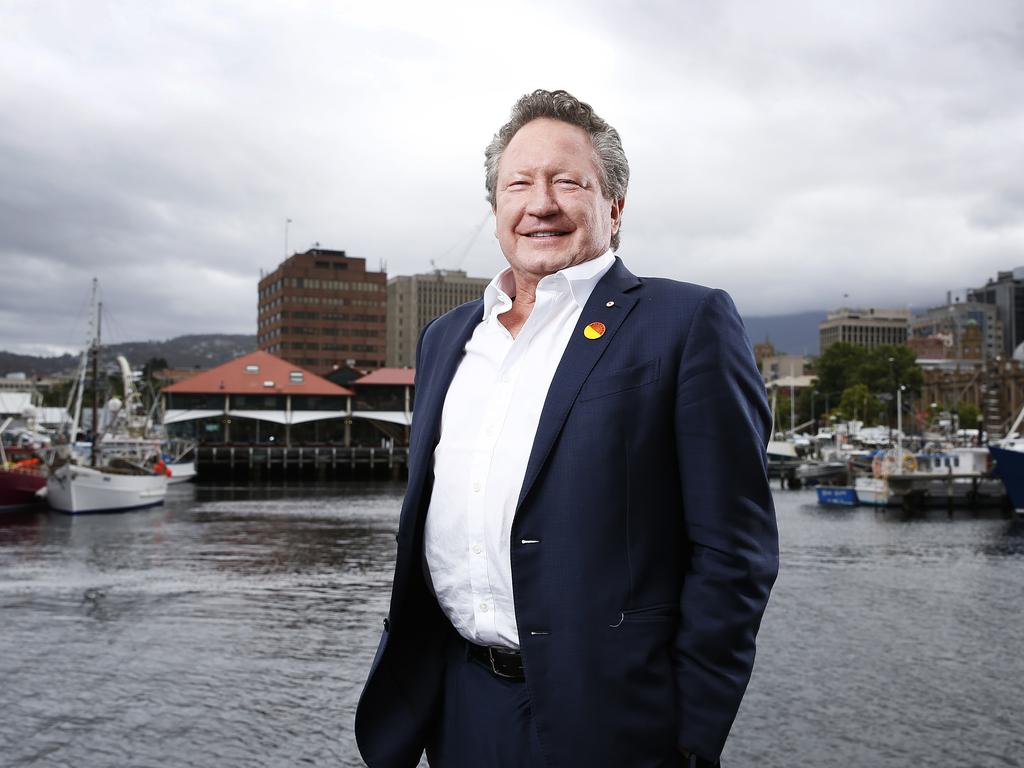

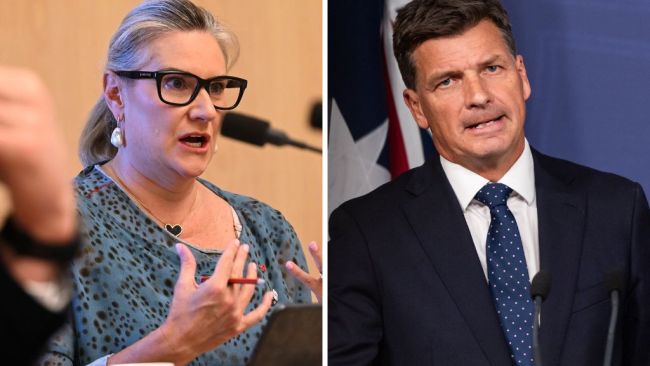
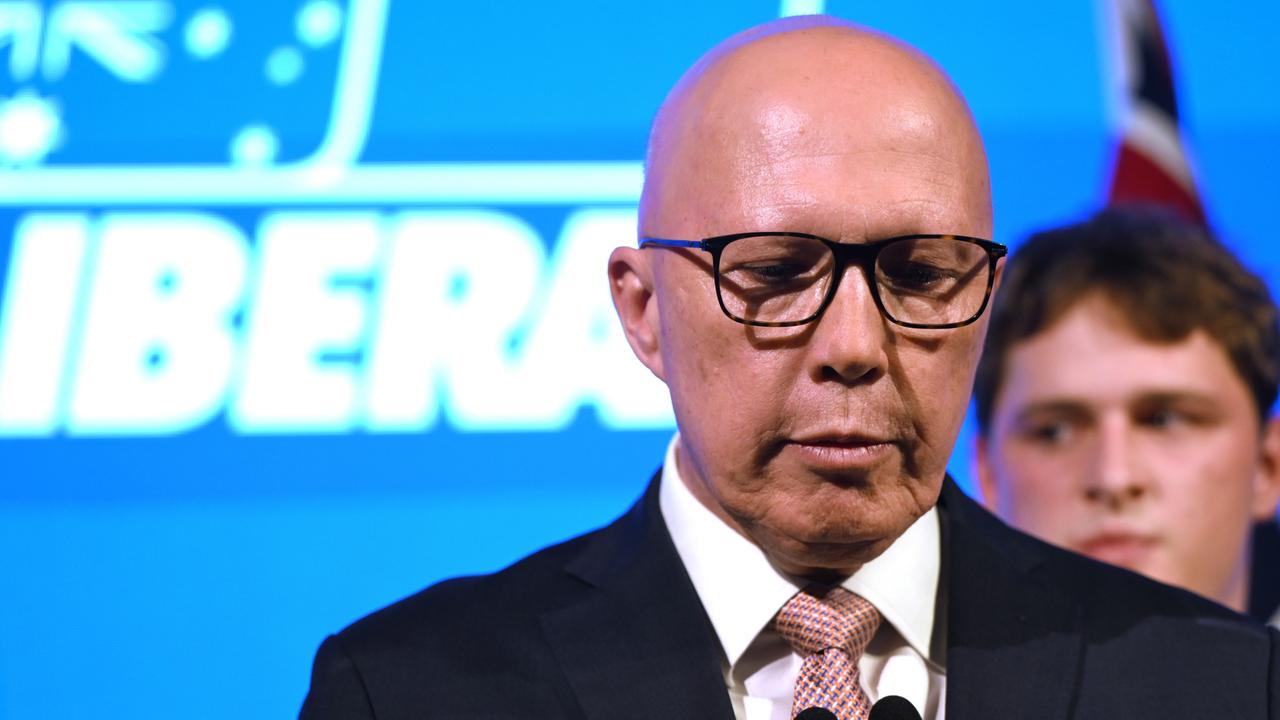
To join the conversation, please log in. Don't have an account? Register
Join the conversation, you are commenting as Logout